Wuthering Heights: An Interpretation
Synopsis
Wuthering Heights is a highly problematic text. The book has posed challenges at numerous levels ever since its publication in 1847. Written in the age of the novel that saw works of such literary figures as Dickens, George Eliot and Thackerey, this fictional masterpiece has evoked deep and profound responses and laid claims to great artistic merit. Critics are agreed that the significant ambivalence as well as intense poetry of the novel owes its existence to a mind endowed with highest creativity. The present volume explains in simple terms some of the basic points that emerge during the reading of Wuthering Heights. It is meant primarily to meet the requirements of our GRADUATE and POST-GRADUATE students. The author has tried to ensure that the complex and difficult aspects of the novel are not sacrificed for purposes of simplicity and elucidation. Explanations, therefore, remain open-ended and somewhat tentative. Thus, "Commentary on the Text ," the long first chapter of the book, is a commentary, a discussion, and not a "summary." In fact, it would be better seen as an attempt to construct meaning with the help of clues that seem to be offered by the text . It is assumed that only such a discussion can prepare students and sensitive readers to evolve their individual responses to the work in question. The most important section of this volume is clearly the "Commentary on the Text." However, only those would find it useful who have given the novel a careful reading . There is no substitute for the literary work --- the problem arises particularly in the case novels since their length poses problems to the student hard pressed for time --- and authors who encourage students to skip the text by offering a summary of it do immeasurable harm to the cause of literature. Our central reference has to be the work. The chapter-plan, too, is intended to create awareness of issues connected with meaning and form. Plurality is a useful concept. There can be as many versions of the story, the action, the message, as there are characters in the book. In the same manner, every reader would have his own individual version of it. In turn, this plurality of discourses affects the form of the artistic work. The discussions in this volume are largely informed by the idea of interrelatedness of these different aspects.
Read more
13.50
12.15
$
15.00 $
Free delivery Wolrdwidе in 10-18 days
Ships in 1-2 days from New Delhi
Membership for 1 Year $35.00
Get it now and save 10%
Get it now and save 10%
BECOME A MEMBER

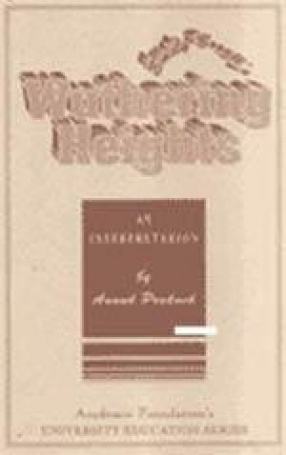
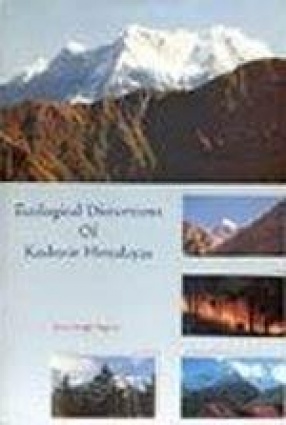
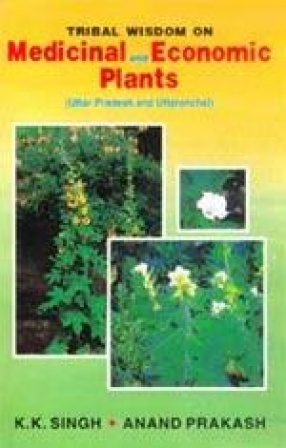
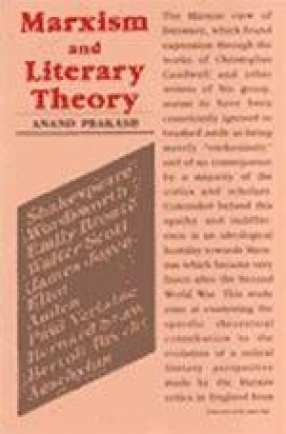
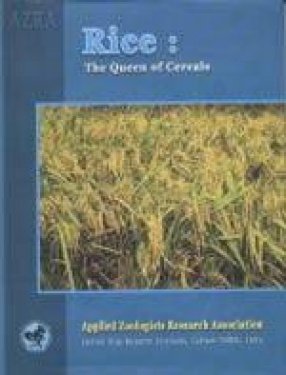





Bibliographic information